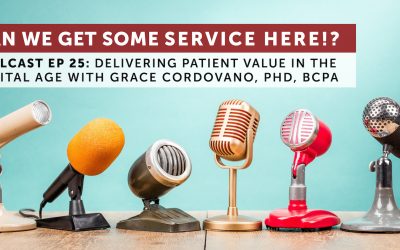Care Plan Update
As predicted last year, comprehensive care coordination solutions are rapidly becoming an important way for disparate clinicians across multiple organizations to collaborate at a patient and panel level. What can and should a general-purpose care coordination solution for providers look like? The broad outlines of such a solution are emerging from many HIE vendors. In fact, it seems like the HIE as a “product category” has always awaited a comprehensive care coordination solution to truly unlock the value of cross-HCO data exchange.
Providers believe that better care coordination can help drive care to lower cost venues. The thinking behind adopting these solutions is that they can enable clinicians to catch health problems before they escalate to the point that more intense levels of care are involved. However, HIE vendors are rolling out their care coordination solutions, such as they are, to care for the sickest of the sick.
An important distinction among HIE-based care coordination solutions today involves the role of Direct messaging. Most vendors are developing around the idea that a single hosted application be provided to clinicians in multiple HCOs. Some believe that effective care coordination can be accomplished purely through the exchange of Direct messages with patient data in attachments. The single application approach is vastly more functional and robust than a messaging approach. However, the messaging approach will unfortunately provide a low cost option for the foreseeable future.




0 Comments